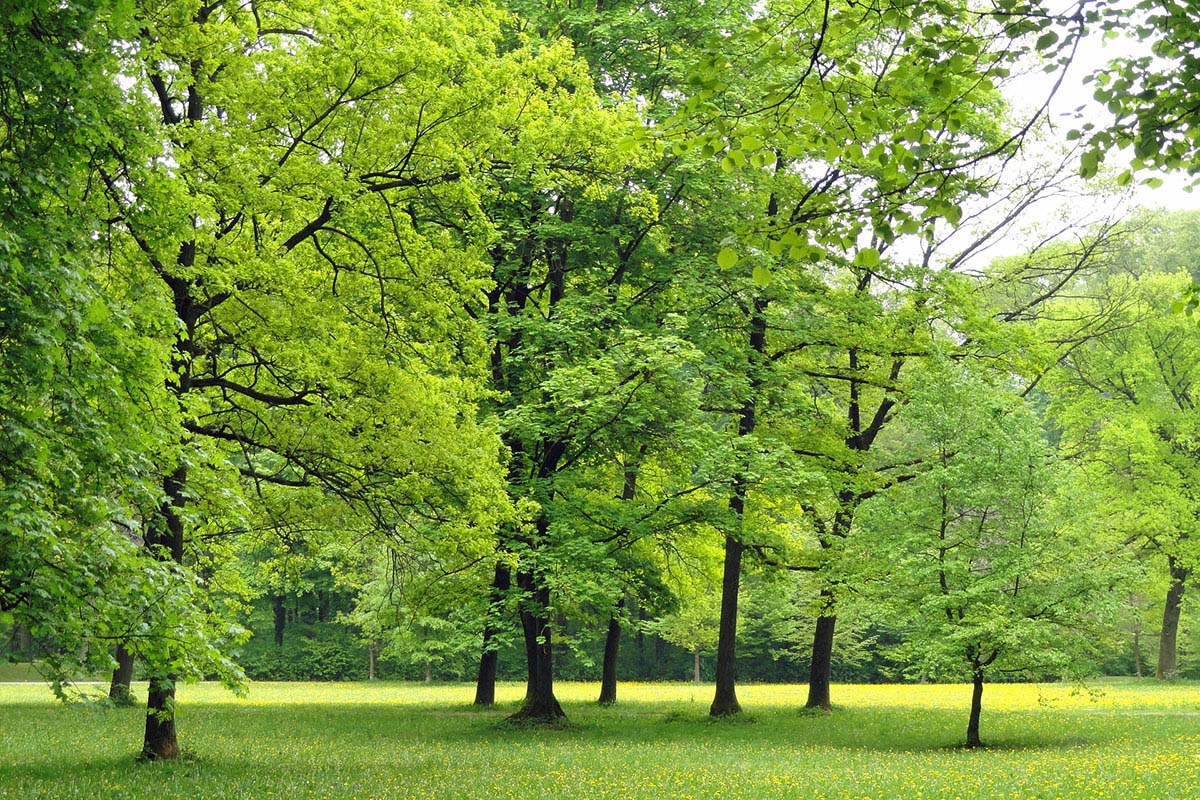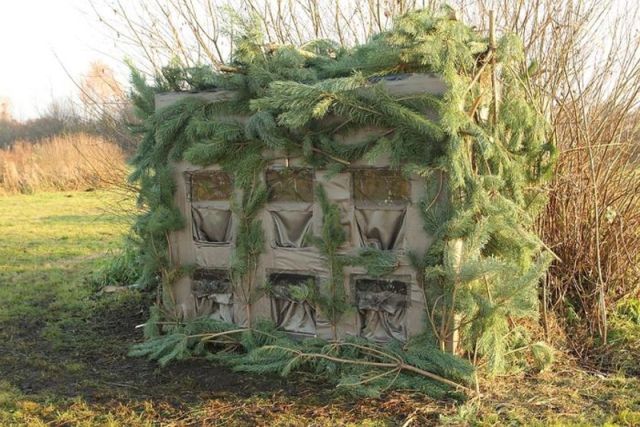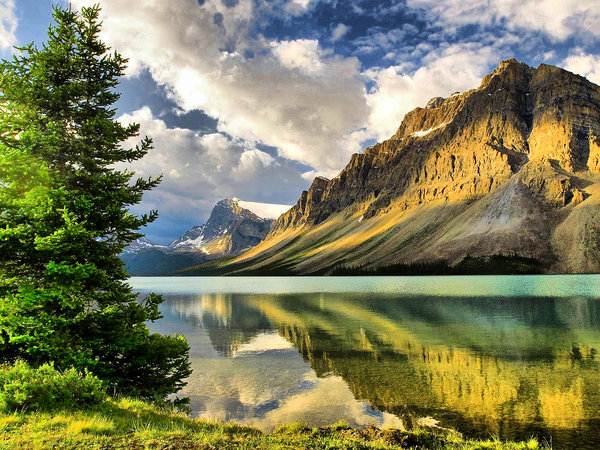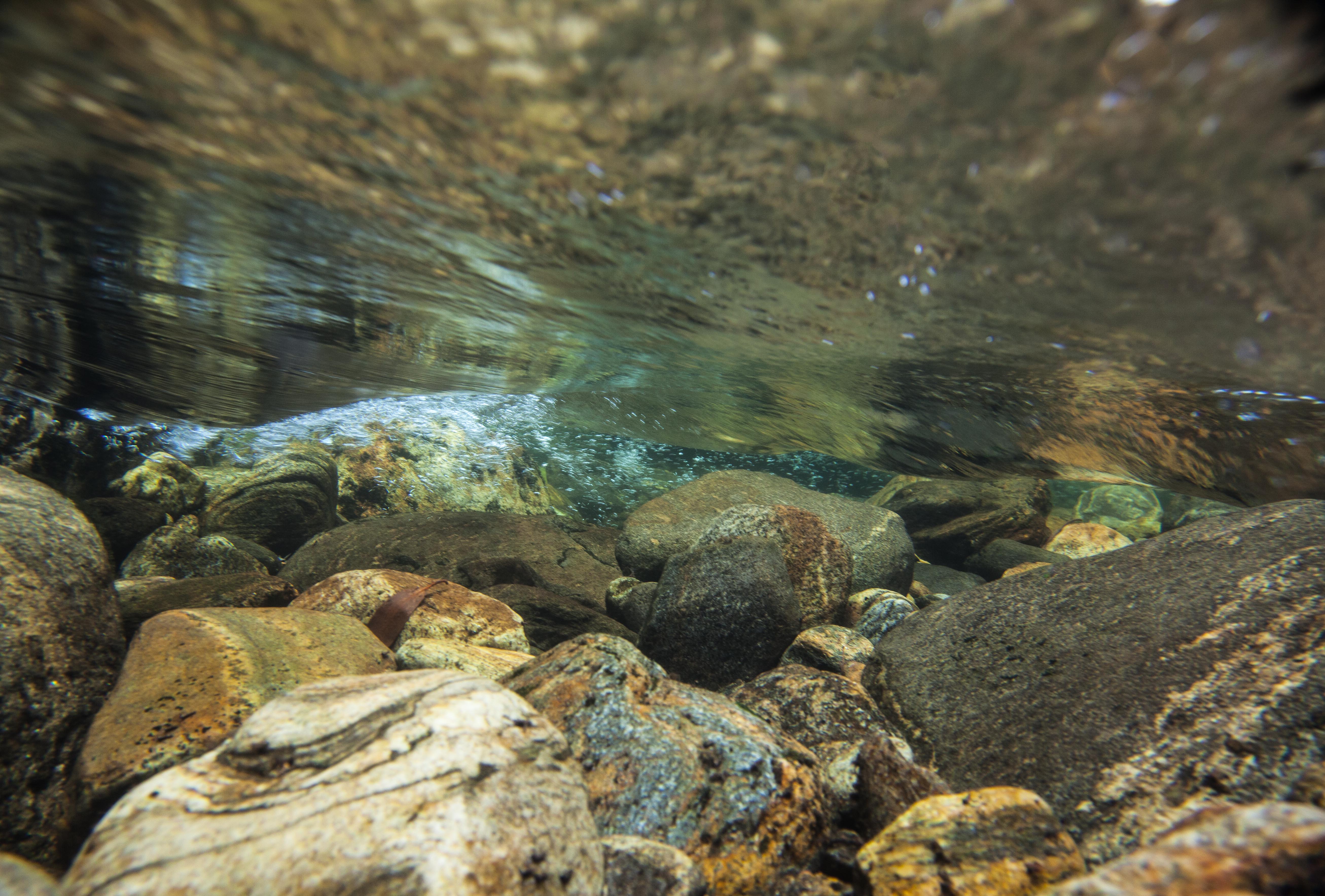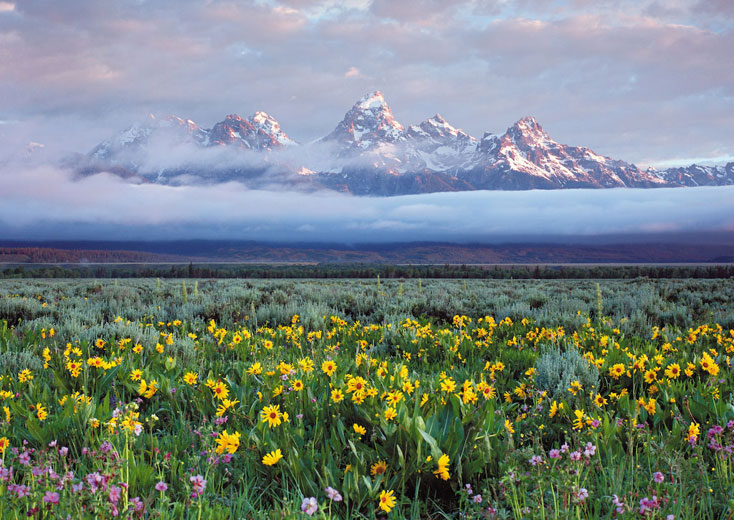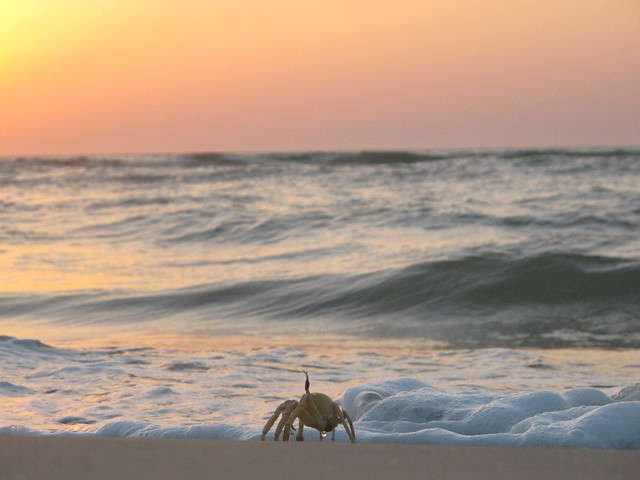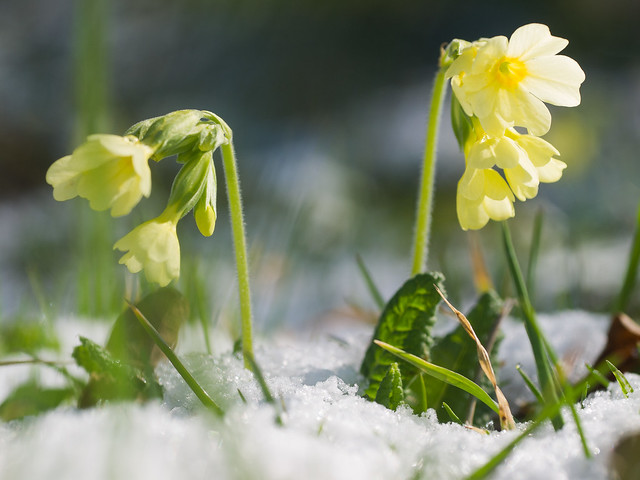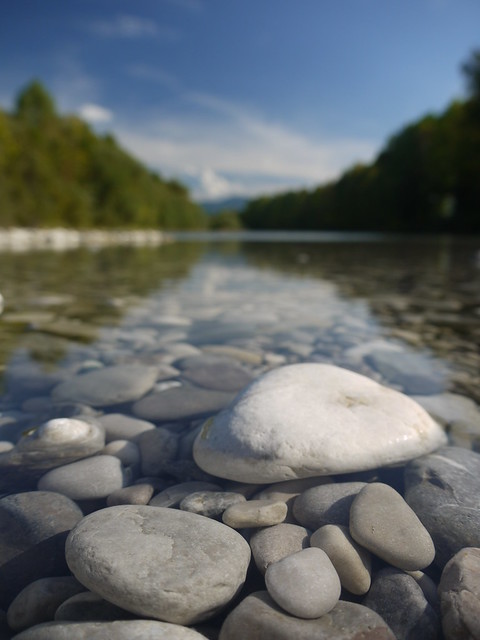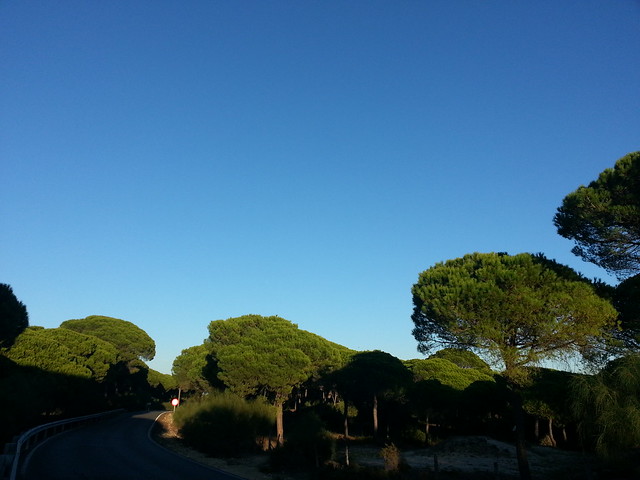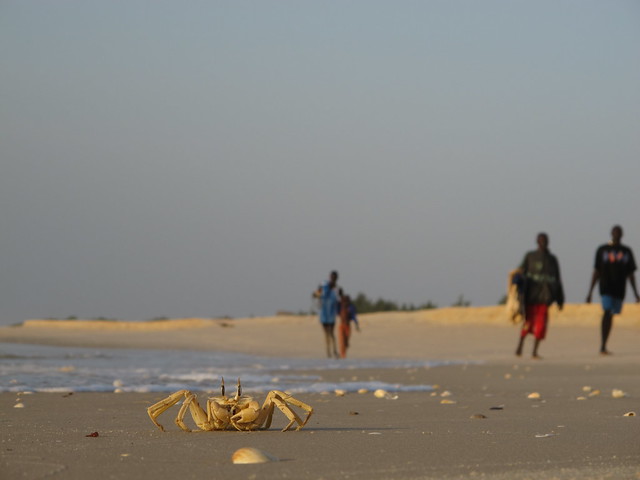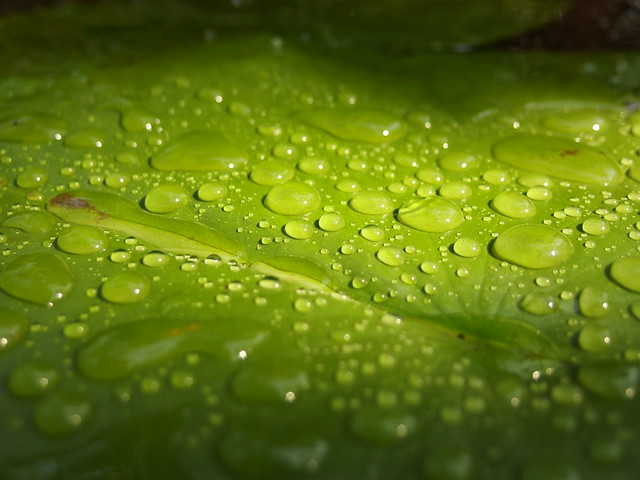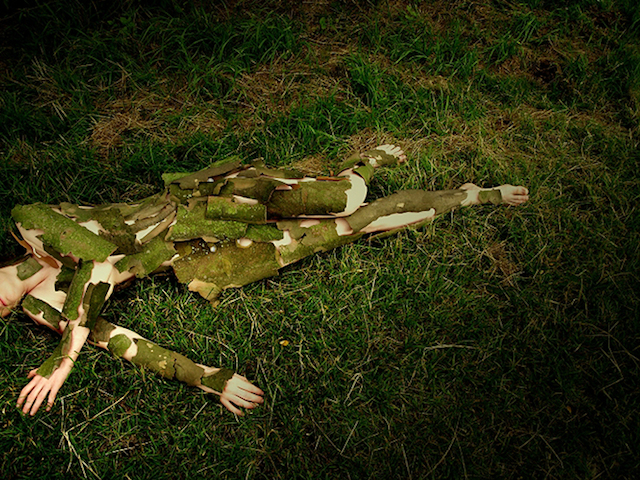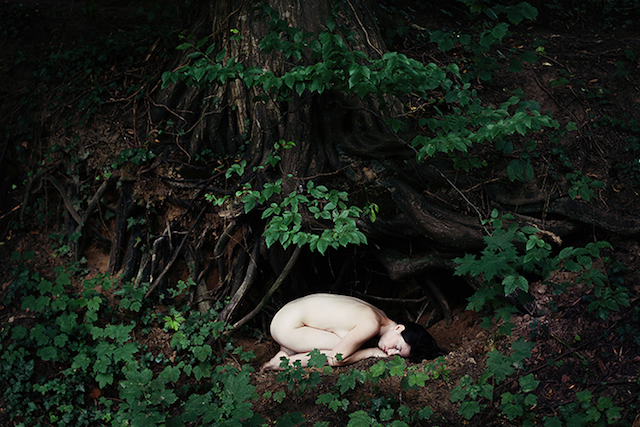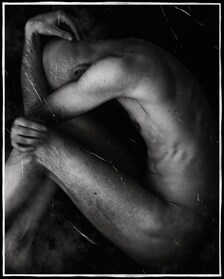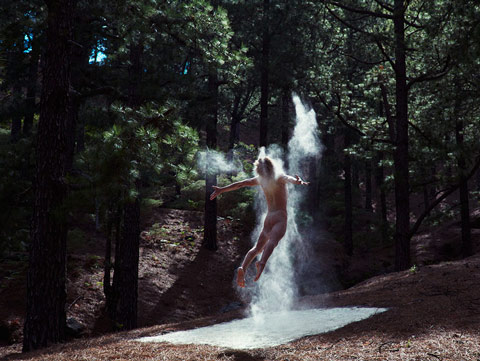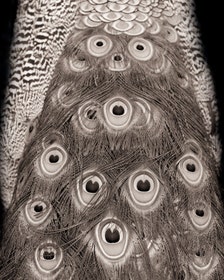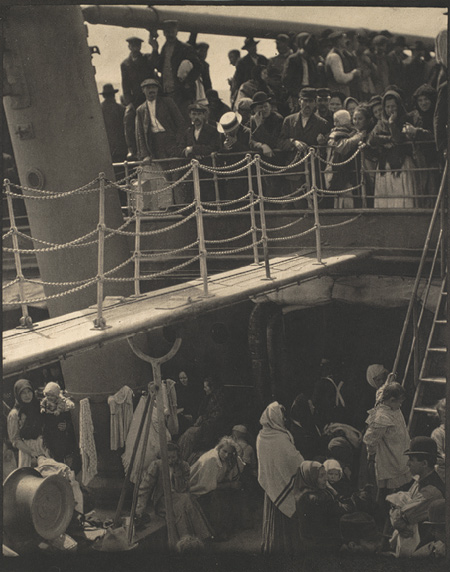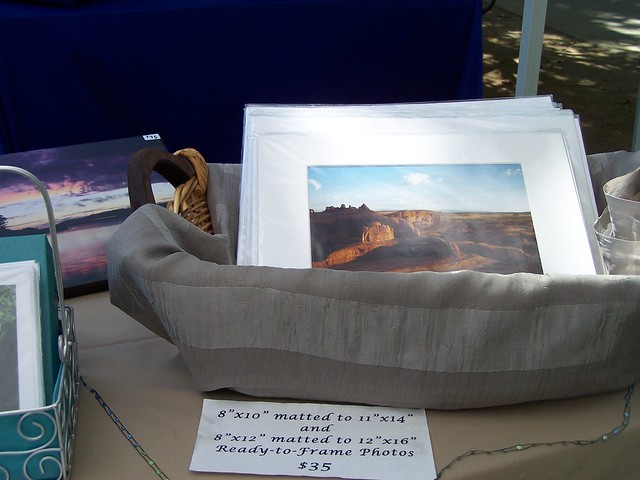Nature Photography Gallery Biography
Source(google.com.pk)
ANSEL ADAMS BIOGRAPHY
Ansel Adams, Photographer
By William Turnage
This biography has been published by Oxford University Press for its American National Biography and is reprinted courtesy OUP and the author.
Adams, Ansel (Feb. 20 1902 — Apr. 22, 1984), photographer and environmentalist, was born in San Francisco, California, the son of Charles Hitchcock Adams, a businessman, and Olive Bray. The grandson of a wealthy timber baron, Adams grew up in a house set amid the sand dunes of the Golden Gate. When Adams was only four, an aftershock of the great earthquake and fire of 1906 threw him to the ground and badly broke his nose, distinctly marking him for life. A year later the family fortune collapsed in the financial panic of 1907, and Adams’s father spent the rest of his life doggedly but fruitlessly attempting to recoup.
An only child, Adams was born when his mother was nearly forty. His relatively elderly parents, affluent family history, and the live-in presence of his mother’s maiden sister and aged father all combined to create an environment that was decidedly Victorian and both socially and emotionally conservative. Adams’s mother spent much of her time brooding and fretting over her husband’s inability to restore the Adams fortune, leaving an ambivalent imprint on her son. Charles Adams, on the other hand, deeply and patiently influenced, encouraged, and supported his son.
Natural shyness and a certain intensity of genius, coupled with the dramatically “earthquaked” nose, caused Adams to have problems fitting in at school. In later life he noted that he might have been diagnosed as hyperactive. There is also the distinct possibility that he may have suffered from dyslexia. He was not successful in the various schools to which his parents sent him; consequently, his father and aunt tutored him at home. Ultimately, he managed to earn what he termed a “legitimizing diploma” from the Mrs. Kate M. Wilkins Private School — perhaps equivalent to having completed the eighth grade.
The most important result of Adams’s somewhat solitary and unmistakably different childhood was the joy that he found in nature, as evidenced by his taking long walks in the still-wild reaches of the Golden Gate. Nearly every day found him hiking the dunes or meandering along Lobos Creek, down to Baker Beach, or out to the very edge of the American continent.
When Adams was twelve he taught himself to play the piano and read music. Soon he was taking lessons, and the ardent pursuit of music became his substitute for formal schooling. For the next dozen years the piano was Adams’s primary occupation and, by 1920, his intended profession. Although he ultimately gave up music for photography, the piano brought substance, discipline, and structure to his frustrating and erratic youth. Moreover, the careful training and exacting craft required of a musician profoundly informed his visual artistry, as well as his influential writings and teachings on photography.
If Adams’s love of nature was nurtured in the Golden Gate, his life was, in his words, “colored and modulated by the great earth gesture” of the Yosemite Sierra (Adams, Yosemite and the Sierra Nevada, p. xiv). He spent substantial time there every year from 1916 until his death. From his first visit, Adams was transfixed and transformed. He began using the Kodak No. 1 Box Brownie his parents had given him. He hiked, climbed, and explored, gaining self-esteem and self-confidence. In 1919 he joined the Sierra Club and spent the first of four summers in Yosemite Valley, as “keeper” of the club’s LeConte Memorial Lodge. He became friends with many of the club’s leaders, who were founders of America’s nascent conservation movement. He met his wife, Virginia Best, in Yosemite; they were married in 1928. The couple had two children.
The Sierra Club was vital to Adams’s early success as a photographer. His first published photographs and writings appeared in the club’s 1922 Bulletin, and he had his first one man exhibition in 1928 at the club’s San Francisco headquarters. Each summer the club conducted a month-long High Trip, usually in the Sierra Nevada, which attracted up to two hundred members. The participants hiked each day to a new and beautiful campsite accompanied by a large contingent of pack mules, packers, cooks, and the like. As photographer of these outings, in the late 1920s, Adams began to realize that he could earn enough to survive — indeed, that he was far more likely to prosper as a photographer than as a concert pianist. By 1934 Adams had been elected to the club’s board of directors and was well established as both the artist of the Sierra Nevada and the defender of Yosemite.
Nineteen twenty seven was the pivotal year of Adams’s life. He made his first fully visualized photograph, Monolith, the Face of Half Dome, and took his first High Trip. More important, he came under the influence of Albert M. Bender, a San Francisco insurance magnate and patron of arts and artists. Literally the day after they met, Bender set in motion the preparation and publication of Adams’ first portfolio, Parmelian Prints of the High Sierras [sic]. Bender’s friendship, encouragement, and tactful financial support changed Adams’s life dramatically. His creative energies and abilities as a photographer blossomed, and he began to have the confidence and wherewithal to pursue his dreams. Indeed, Bender’s benign patronage triggered the transformation of a journeyman concert pianist into the artist whose photographs, as critic Abigail Foerstner wrote in the Chicago Tribune (Dec. 3, 1992), “did for the national parks something comparable to what Homer’s epics did for Odysseus.”
Although Adams’s transition from musician to photographer did not happen at once, his passion shifted rapidly after Bender came into his life, and the projects and possibilities multiplied. In addition to spending summers photographing in the Sierra Nevada, Adams made several lengthy trips to the Southwest to work with Mary Austin, grande dame of the western literati. Their magnificent limited edition book, Taos Pueblo, was published in 1930. In the same year Adams met photographer Paul Strand, whose images had a powerful impact on Adams and helped to move him away from the “pictorial” style he had favored in the 1920s. Adams began to pursue “straight photography,” in which the clarity of the lens was emphasized, and the final print gave no appearance of being manipulated in the camera or the darkroom. Adams was soon to become straight photography’s mast articulate and insistent champion. [Ed. Note: Manipulated in this instance meaning altering the clarity or content of the photographed subject matter. Techniques such as "burning" and "dodging", as well as the Zone System, a scientific system developed by Adams, is used specifically to "manipulate" the tonality and give the artist the ability to create as opposed to record.]
In 1927 Adams met photographer Edward Weston. They became increasingly important to each other as friends and colleagues. The renowned Group f/64, founded in 1932, coalesced around the recognized greatness of Weston and the dynamic energy of Adams. Although loosely organized and relatively short-lived, Group f/64 brought the new West Coast vision of straight photography to national attention and influence. San Francisco’s DeYoung Museum promptly gave f/64 an exhibition and, in that same year, gave Adams his first one-man museum show.
Adams’s star rose rapidly in the early 1930s, propelled in part by his ability and in part by his effusive energy and activity. He made his first visit to New York in 1933, on a pilgrimage to meet photographer Alfred Stieglitz, the artist whose work and philosophy Adams most admired and whose life of commitment to the medium he consciously emulated. Their relationship was intense and their correspondence frequent, rich, and insightful. Although profoundly a man of the West, Adams spent a considerable amount of time in New York during the 1930s and 1940s, and the Stieglitz circle played a vital role in his artistic life. In 1933 the Delphic Gallery gave Adams his first New York show. His first series of technical articles was published in Camera Craft in 1934, and his first widely distributed book, Making a Photograph, appeared in 1935. Most important, in 1936 Stieglitz gave Adams a one-man show at An American Place.
Recognition, however, did not alleviate Adams’s financial pressures. In a letter dated 6 August 1935 he wrote Weston, “I have been busy, but broke. Can’t seem to climb over the financial fence.” Adams was compelled to spend much of his time as a commercial photographer. Clients ran the gamut, including the Yosemite concessionaire, the National Park Service, Kodak, Zeiss, IBM, AT&T, a small women’s college, a dried fruit company, and Life, Fortune, and Arizona Highways magazines — in short, everything from portraits to catalogues to Coloramas. On 2 July 1938 he wrote to friend David McAlpin, “I have to do something in the relatively near future to regain the right track in photography. I am literally swamped with “commercial” work — necessary for practical reasons, but very restraining to my creative work.” Although Adams became an unusually skilled commercial photographer, the work was intermittent, and he constantly worried about paying the next month’s bills. His financial situation remained precarious and a source of considerable stress until late in life.
Adams’s technical mastery was the stuff of legend. More than any creative photographer, before or since, he reveled in the theory and practice of the medium. Weston and Strand frequently consulted him for technical advice. He served as principal photographic consultant to Polaroid and Hasselblad and, informally, to many other photographic concerns. Adams developed the famous and highly complex “zone system” of controlling and relating exposure and development, enabling photographers to creatively visualize an image and produce a photograph that matched and expressed that visualization. He produced ten volumes of technical manuals on photography, which are the most influential books ever written on the subject.
Adams’s energy and capacity for work were simply colossal. He often labored for eighteen or more hours per day, for days and weeks on end. There were no vacations, no holidays, no Sundays in Ansel Adams’s life. Frequently, after and intense period of work, he would return to San Francisco or Yosemite, promptly contract the “flu,” and spend several days in bed. His hyper-kinetic existence was also fueled by alcohol, for which he had a particular fondness, and a constant whirl of social activity, friends, and colleagues. As Beaumont Newhall writes in his FOCUS: Memoirs of a Life in Photography (1993), “Ansel was a great party man and loved to entertain. He had a very dominating personality, and would always be the center of attention” (p. 235).
Adams described himself as a photographer — lecturer — writer. It would perhaps be more accurate to say that he was simply — indeed, compulsively — a communicator. He endlessly traveled the country in pursuit of both the natural beauty he revered and photographed and the audiences he required. Adams felt an intense commitment to promoting photography as a fine art and played a key role in the establishment of the first museum department of photography, at the Museum of Modern Art in New York. The work at the museum fostered the closest relationships of Adams’s life, with Beaumont and Nancy Newhall, a historian and museum administrator and a writer-designer, respectively. Their partnership was arguably the most potent collaboration in twentieth-century photography. In the 1950s and 1960s Nancy Newhall and Adams created a number of books and exhibitions of historic significance, particularly the Sierra Club’s This is the American Earth (1960), which, with Rachel Carson’s classic Silent Spring, played a seminal role in launching the first broad-based citizen environmental movement.
Adams was an unremitting activist for the cause of wilderness and the environment. Over the years he attended innumerable meetings and wrote thousands of letters in support of his conservation philosophy to newspaper editors, Sierra Club and Wilderness Society colleagues, government bureaucrats, and politicians. However, his great influence came from his photography. His images became the symbols, the veritable icons, of wild America. When people thought about the national parks of the Sierra Club or nature of the environment itself, the often envisioned them in terms of an Ansel Adams photograph. His black-and-white images were not “realistic” documents of nature. Instead, they sought an intensification and purification of the psychological experience of natural beauty. He created a sense of the sublime magnificence of nature that infused the viewer with the emotional equivalent of wilderness, often more powerful than the actual thing.
For Adams, the environmental issues of particular importance were Yosemite National Park, the national park system, and above all, the preservation of wilderness. He focused on what he termed the spiritual-emotional aspects of parks and wilderness and relentlessly resisted the Park Service’s “resortism,” which had led to the over development of the national parks and their domination by private concessionaires. But the range of issues in which Adams involved himself was encyclopedic. He fought for new parks and wilderness areas, for the Wilderness Act, for wild Alaska and his beloved Big Sur coast of central California, for the mighty redwoods, for endangered sea lions and sea otters, and for clean air and water. An advocate of balanced, restrained use of resources, Adams also fought relentlessly against overbuilt highways, billboards, and all manner of environmental mendacity and shortsightedness. Yet he invariably treated his opponents with respect and courtesy.
Though wilderness and the environment were his grand passions, photography was his calling, his metier, his raison d’etre. Adams never made a creative photograph specifically for environmental purposes. On 12 April 1977 he wrote to his publisher, Tim Hill, “I know I shall be castigated by a large group of people today, but I was trained to assume that art related to the elusive quality of beauty and that the purpose of art was concerned with the elevation of the spirit (horrible Victorian notion!!)” Adams was often criticized for failing to include humans or evidence of “humanity” in his landscape photographs. The great French photographer Henri Cartier-Bresson made the well-known comment that “the world is falling to pieces and all Adams and Weston photograph is rocks and trees” (quoted by Adams, Oral History, Univ. of Calif., Berkeley, p. 498). Reviewers frequently characterize Adams as a photographer of an idealized wilderness that no longer exists. On the contrary, the places that Adams photographed are, with few exceptions, precisely those wilderness and park areas that have been preserved for all time. There is a vast amount of true and truly protected wilderness in America, much of it saved because of the efforts of Adams and his colleagues.
Seen in a more traditional art history context, Adams was the last and defining figure in the romantic tradition of nineteenth-century American landscape painting and photography. Adams always claimed he was not “influenced,” but, consciously or unconsciously, he was firmly in the tradition of Thomas Cole, Frederic Church, Albert Bierstadt, Carlton Watkins, and Eadweard Muybridge. And he was the direct philosophical heir of the American Transcendentalists Ralph Waldo Emerson, Henry David Thoreau, and John Muir. He grew up in a time and place where his zeitgeist was formed by the presidency of Theodore Roosevelt and “muscular” Americanism, by the pervading sense of manifest destiny, and the notion that European civilization was being reinvented — much for the better — in the new nation and, particularly, in the new West. Adams died in Monterey, California.
As John Swarkowski states in the introduction to Adams’s Classic Images (1985), “The love that Americans poured out for the work and person of Ansel Adams during his old age, and that they have continued to express with undiminished enthusiasm since his death, is an extraordinary phenomenon, perhaps even unparalleled in our country’s response to a visual artist” (p. 5). Why should this be so? What generated this remarkable response? Adams’s subject matter, the magnificent natural beauty of the West, was absolutely, unmistakably American, and his chosen instrument, the camera, was a quintessential artifact of the twentieth-century culture. He was blessed with an unusually generous, charismatic personality, and his great faith in people and human nature was amply rewarded. Adams channeled his energies in ways that served his fellow citizens, personified in his lifelong effort to preserve the American wilderness. Above all, Adams’s philosophy and optimism struck a chord in the national phsyche. More than any other influential American of his epoch, Adams believed in both the possibility and the probability of humankind living in harmony and balance with its environment. It is difficult to imagine Ansel Adams occurring in a European country or culture and equally difficult to conjure an artist more completely American, either in art of personality.
Adams’s vast archive of papers, memorabilia, correspondence, negatives, and many “fine” photographic prints, as well as numerous “work” or proof prints, are in the John P. Schaefer Center for Creative Photography at the University of Arizona, Tucson. A portion of his papers relating to the Sierra Club are in the Bancroft Library at the University of California, Berkeley. Adams’s Ansel Adams: An Autobiography (1985) was unfinished at the time of his death and was subsequently completed by Mary Street Alinder, his editor. An Autobiography offers a somewhat rose-colored and selective view of Adams’s life. A selection of correspondence, Letters and Images (1988), contains a small but interesting fraction of the estimated 100,000 letters and cards that Adams wrote during his lifetime. He wrote and contributed photographs to hundreds of articles and reviews from 1922 until 1984. He published eight portfolios of original photographic prints (1927, 1948, 1950, 1960, 1963, 1970, 1974, 1976). Nearly four dozen books bear Adams’s name as author and/or artist. Those not mentioned in this article include Sierra Nevada: The John Muir Trail (1938); Michael and Anne in Yosemite Valley (1941); Born Free and Equal (1944); Illustrated Guide to Yosemite Valley (1946); Camera and Lens (1948); The Negative (1948); Yosemite and the High Sierra (1948); The Print (1950); My Camera in Yosemite Valley (1950); My Camera in the National Parks (1950); The Land of Little Rain (1950, new ed. with Adams’s photographs); Natural Light Photography (1952); Death Valley (1954); Mission San Xavier del Bac (1954); The Pageant of History in Northern California (1954); Artificial Light Photography (1956); The Islands of Hawaii (1958); Yosemite Valley (1959); Death Valley and the Creek Called Furnace (1962); These We Inherit: The Parklands of America (1962); Polaroid Land Photography Manual (1963); An Introduction to Hawaii (1964); Fiat Lux: The University of California (1967); The Tetons and the Yellowstone (1970); Ansel Adams (1972); Singular Images (1974); Ansel Adams: Images 1923-1974 (1974); Photographs of the Southwest (1976); The Portfolios of Ansel Adams (1977); Polaroid Land Photography (1978); Yosemite and the Range of Light (1979); a new technical series, including The Camera (1980), The Negative (1981), and The Print (1983); Examples: The Making of 40 Photographs (1983); and, posthumously, Andrea G. Stillman, ed., The American Wilderness (1990); Stillman and William A. Turnage, eds. Our National Parks (1992); Harry Callahan, ed., Ansel Adams in Color (1993); and Stillman, ed., Ansel Adams: Yosemite and the High Sierra (1994). More than a decade after his death, there was still no biography covering his entire life. Nancy Newhall, Ansel Adams: The Eloquent Light (1963), is a relatively short and adoring biography of Adams’s first thirty-six years, written with zest and insight, as well as Adams’s full collaboration.
Nature Photography Gallery Nature Photography Art Black and White Wallpaper Flowers Tumblr Backgrounds Hd Wallpapers Hd Gallery Birds
Nature Photography Gallery Nature Photography Art Black and White Wallpaper Flowers Tumblr Backgrounds Hd Wallpapers Hd Gallery Birds
Nature Photography Gallery Nature Photography Art Black and White Wallpaper Flowers Tumblr Backgrounds Hd Wallpapers Hd Gallery Birds
Nature Photography Gallery Nature Photography Art Black and White Wallpaper Flowers Tumblr Backgrounds Hd Wallpapers Hd Gallery Birds
Nature Photography Gallery Nature Photography Art Black and White Wallpaper Flowers Tumblr Backgrounds Hd Wallpapers Hd Gallery Birds
Nature Photography Gallery Nature Photography Art Black and White Wallpaper Flowers Tumblr Backgrounds Hd Wallpapers Hd Gallery Birds
Nature Photography Gallery Nature Photography Art Black and White Wallpaper Flowers Tumblr Backgrounds Hd Wallpapers Hd Gallery Birds
Nature Photography Gallery Nature Photography Art Black and White Wallpaper Flowers Tumblr Backgrounds Hd Wallpapers Hd Gallery Birds
Nature Photography Gallery Nature Photography Art Black and White Wallpaper Flowers Tumblr Backgrounds Hd Wallpapers Hd Gallery Birds
Nature Photography Gallery Nature Photography Art Black and White Wallpaper Flowers Tumblr Backgrounds Hd Wallpapers Hd Gallery Birds
Nature Photography Gallery Nature Photography Art Black and White Wallpaper Flowers Tumblr Backgrounds Hd Wallpapers Hd Gallery Birds







